Planning before shooting travel videos is essential. While maybe not as exciting as the actual filming or traveling, investing time in preparation is valuable. It ensures you optimize your time effectively and increases your chances of capturing the footage required for creating a top-notch travel video.
To start off, it’s important to explore the place you’re traveling to and seek inspiration. For instance, if your journey leads you to Antarctica, this may involve understanding the appropriate attire for the conditions. Alternatively, for a trip to Barcelona, Spain, you might want to research significant architectural landmarks. Engaging in logistics, scouting out locations, and immersing yourself in the local customs are key aspects in organizing both your travel and video content creation.
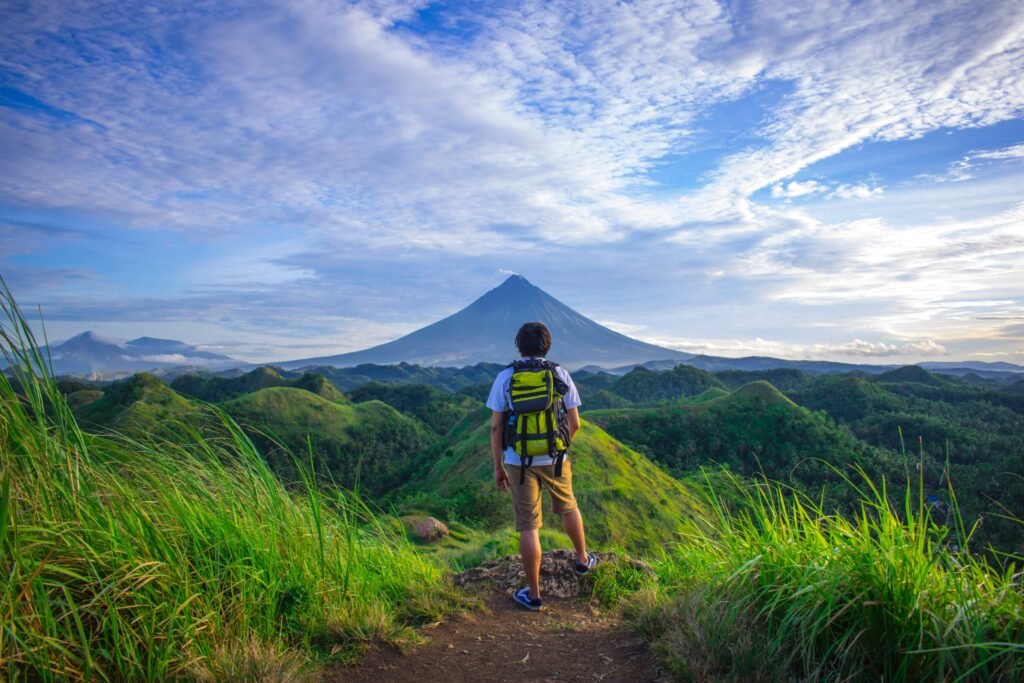
Map your story.
Once you have finished your initial research, begin to imagine how your video will unfold. This step is commonly referred to as storyboarding. Your storyboard can range from basic sketches to a detailed outline of each shot in your video. Nguyen emphasizes the significance of careful planning due to the time-consuming nature of video production and the limited opportunity for optimal lighting conditions.
An important benefit of creating storyboards is that it helps you identify the necessary shots for your video. This allows you to create a shot list that will assist you in tracking the footage you already have and what is still required.
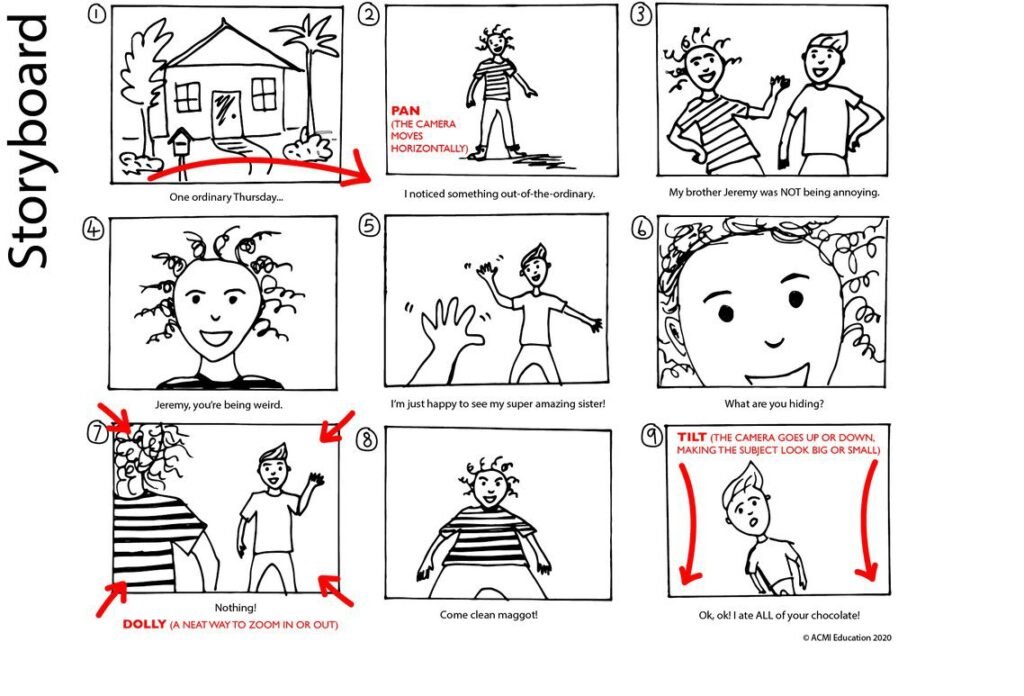
Discover the Core Element of Your Movie.
When you embark on the planning stage until the last round of editing, remember to always focus on the overarching vision. Allow it to guide every choice you make throughout your journey as a filmmaker.
Once you have identified your main goal, the subsequent steps involved in planning, recording, and editing will seamlessly come together. Whether you’re a content creator looking to showcase a day in Bali to your followers or someone seeking to enhance a blog post about the optimal Grand Canyon experience with a video element, there are endless possibilities when utilizing videos and embracing a spirit of discovery.
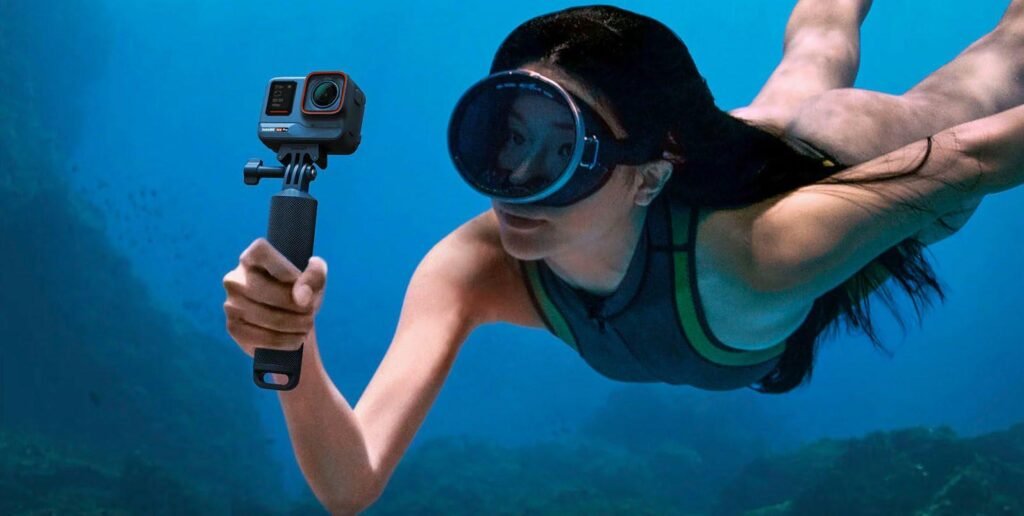
Your Gear!
Once you have your vision set, it’s time to get ready to go. When it comes to gear, the key is to pack light. For travel shoots involving multiple locations daily, it’s best to have a small, well-organized camera bag to facilitate smooth movement.

Cameras
Mirrorless cameras are a great choice to reduce size without compromising image quality. However, feel free to utilize any camera capable of recording video. When producing a video for a client, consider having two camera bodies as a precaution in case one malfunctions, is stolen, or misplaced.
It’s best to avoid using a bulky camera as it may attract unwanted attention and hinder the capture of spontaneous moments. Opting for compact devices like Insta360 or action cameras is recommended due to their versatility in mounting and minimal space requirement.
Don’t forget to bring a drone along for capturing breathtaking aerial shots. Incorporating aerial footage at the beginning of videos is quite appealing as it instantly captivates viewers’ interest. If opting to use a drone, ensure that you possess the necessary licensing and permission to operate it in your selected area.

Lenses
We typically carry various lenses including a wide lens such as a 16-35mm and a few prime lenses. Although prime lenses have limited focal lengths, they are more portable and generally deliver better image quality compared to zoom lenses. Additionally, she includes a telephoto zoom lens in her collection to capture distant subjects and achieve a pleasing compression effect in her photographs.
If you prefer simplicity, opting for a reliable midrange zoom lens like a 24–70mm can serve as a fantastic all-in-one solution for various needs.

Stabilizers
We suggest incorporating a gimbal or similar stabilization device for achieving smooth cinematic shots. By utilizing a gimbal results in a higher yield of usable footage compared to handheld shots, which often suffer from excessive shakiness and end up being unsuitable for use.
What Impact Does Equipment Have?
Don’t allow equipment to hinder the essence of the journey. The majority of cameras that can shoot videos are capable of capturing top-notch footage, including something as simple as an iPhone. The key lies in the narrative you weave and the manner in which you present it. Your viewers are not going to scrutinize pixel discrepancies, but they will appreciate the artistry and how effectively the story engages them.

Pointers for Capturing Your Video.
Light, light and more light!
It’s crucial to pay attention to the light when creating videos because it significantly impacts the visual outcome. Many professionals favor the “golden hour,” which is the period of soft, warm, and directional light that occurs near sunset, as it enhances the appearance of subjects.
Diversify Your Shooting Techniques.
When traveling, it’s important to vary the types of shots you capture. Just like having only one favorite food may become tiresome, relying only on static or gimbal shots in your video can make it less appealing to viewers. To keep your video engaging, incorporate a mix of wide shots, detail shots, candid moments, dynamic action shots alongside stable tripod shots, and time lapses.
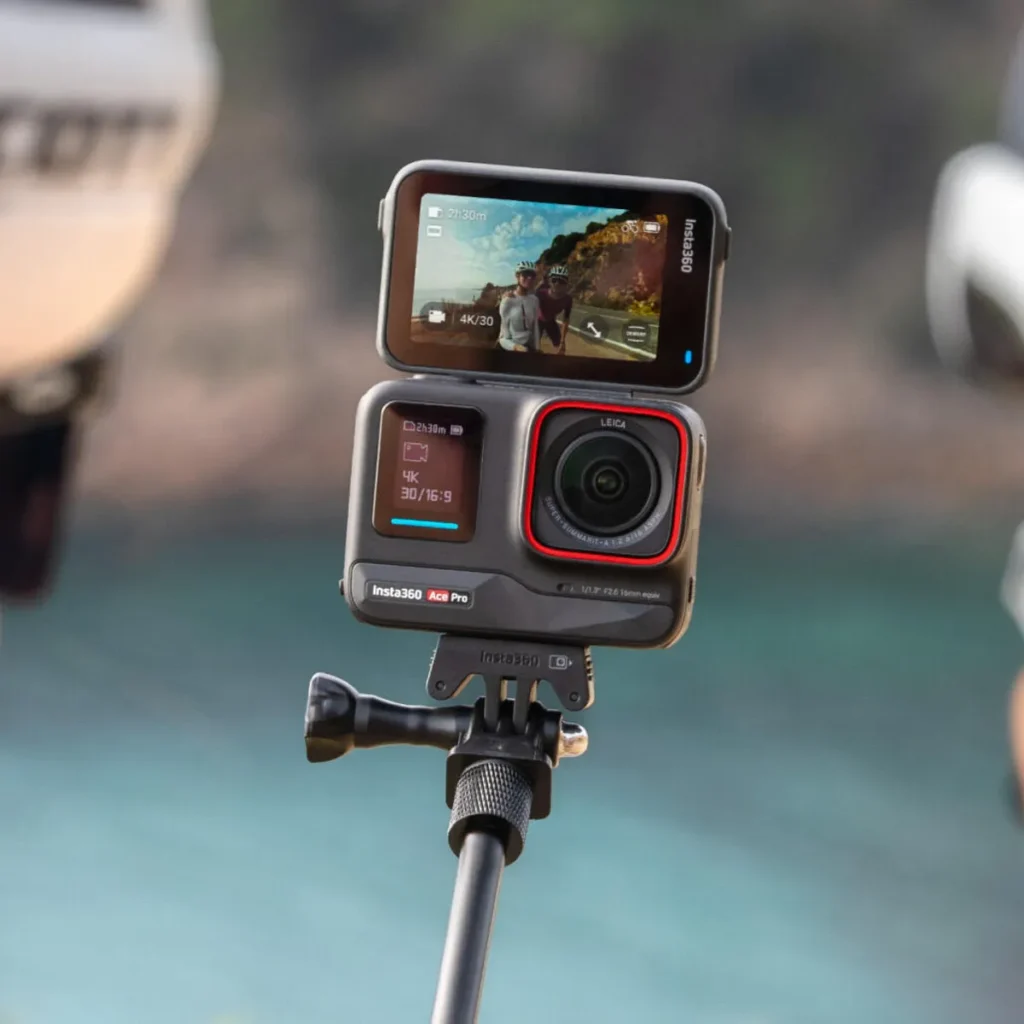
Embrace the unexpected.
While on a journey, it’s common for situations to deviate or take an unexpected turn from your initial itinerary. Don’t be disheartened when you can’t anticipate every uncertainty that arises during your trip. Embrace the spontaneity of travel – it’s in these unexpected moments that the true essence of exploration lies. Keep your camera handy, ready to seize unique footage as new experiences unfold.
Having the ability to improvise is crucial for filmmakers, as they often find themselves inventing solutions on the spot, despite thorough preparation before a shoot.

Ensure Permission is Obtained Before Filming People.
When working on commercial projects, it’s crucial to ensure that you have the necessary legal permissions related to showcasing individuals’ faces. Avoiding potential legal complications in the future is essential, so obtaining consent or a model release immediately after filming is highly recommended.
After finishing a day of filming, it’s crucial to transfer your video files to a hard drive as the initial step. It’s advisable to create at least two backups of the footage to be prepared for any unforeseen issues that may arise.
After you’ve securely stored and arranged your footage, review it to select your preferred shots. Import those clips into the video editing software you prefer.

Editing.
When you are prepared to consolidate everything, retrieve your storyboard. This is crucial in transforming a mere compilation of clips into a coherent narrative. Even if your travel video isn’t a full-length documentary, it should still follow a story progression, be it a simple recount of your journey’s events.
We suggest that having a broader perspective in the editing process is crucial. It’s not merely about assembling appealing video clips in sequence; understanding the underlying structure of your work, even if not obvious to others, is key.
We prefer organizing comparable shots consecutively to form small scenes. Following an establishing shot with a series of two to five shots capturing the same setting from various perspectives is effective. It is essential to consciously arrange the sequence of shots in your film. Consider the cohesion between clips and how they collectively propel the viewer through the narrative.

What’s the Ideal Length for My Video Content?
The ideal duration for your video content on Instagram varies depending on its type. For standard Instagram posts, 45 seconds tends to work best. Crafting a compelling video within a 30-second timeframe can be challenging due to the abundance of footage available. Conversely, extending it to one minute may exceed the optimal length as the travel videos commonly featured on Instagram often have a quick pace.
Alternative platforms such as a YouTube channel or IGTV may be more appropriate for lengthier narratives, but length alone does not guarantee quality. It is crucial that the story aligns with the duration for optimal engagement. It’s important to note that longer videos might lead to audience distraction, so for extended content, ensure that your narrative is captivating enough to hold viewers’ attention.
Clean Audio.
Incorporating voice-overs, interviews, and background music that enhances your video can greatly enhance its overall quality. Recording authentic sounds from the various filming locations and synchronizing them with the visual content, like capturing rainforest ambiance in Brazil, beach waves in the Philippines, or city traffic in Los Angeles, adds an extra dimension to the viewer’s experience, making it more immersive and engaging.
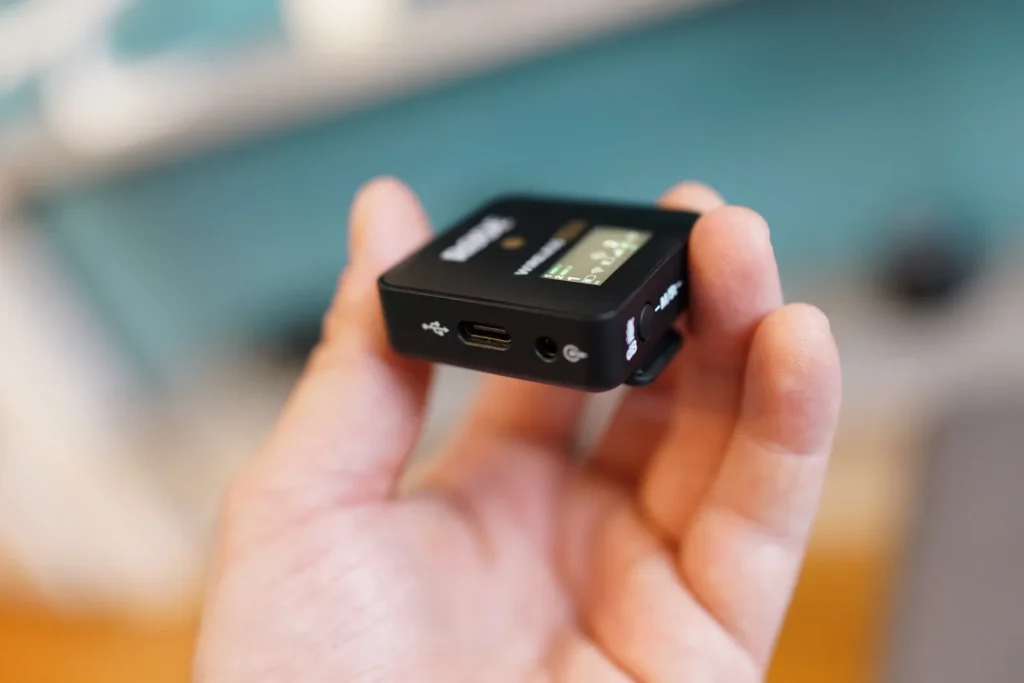
Travel Cinematographer.
When embarking on creating a travel film, it’s crucial to prioritize enjoying the experience over worrying about achieving technical perfection. Immersing yourself in the destination and its culture, letting your passion and unique viewpoint shine, is far more impactful than focusing on equipment and budget details.
Having unabashed self-confidence is key. The essential elements boil down to being well-organized, having a clear vision, executing tasks effectively, and refining the work. None of these aspects are overly complicated, as individuals can build successful careers by mastering just one of these components.
Whether you’re in Turkey, Tuscany, Peru, Prague, New Zealand, or Norway, you are equipped with everything essential to venture out and create your own extraordinary travel video.
